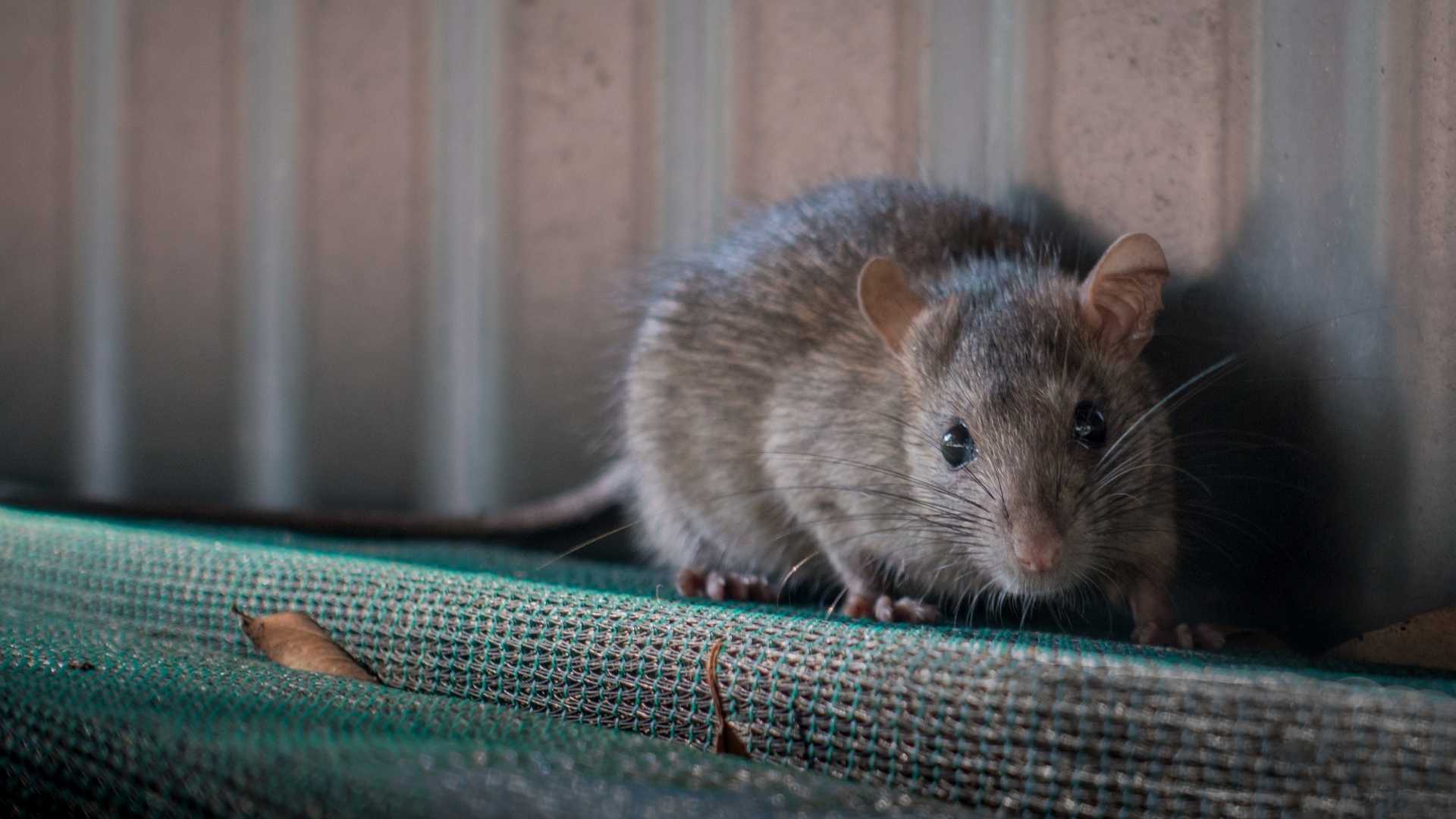When you come face to face with a rat, you may be struck down in fear! Why? Because it is well known that rats carry some terrible diseases such as leptospirosis, and they also took the rap for helping to spread the bubonic plague!
We know they exist, and we know that we are never too far away from a rat. But what else do we know about rats?
In this post, we will look at how far rats travel from their nest and why they roam that far.

How Far Do Rats Travel From their Nest?
Rats will travel up to 300 feet away from their nest. Whilst that doesn’t seem like a great distance, it is fairly large for a rat, right? If a rat has a family to feed, she will need to drag the food back to the nest once a source has been found, so the shorter the distance, the better!
Bear in mind that this distance is traveled only if a rat is comfortable with the nest it has in terms of safety. If a rat senses the presence of a predator, then it will not leave the nest unattended!
There are many reasons why a rat will leave its nest. Let’s take a look at some below.
Why Do Rats Roam?
Unless a rat has everything they need inside its nest, it will roam to find what they need. Let’s face it… a rat will not have everything needed in a small nest, will they? There is not much room in a nest when it is full of rats babies!

Hunting for Food
The most obvious reason a rat will leave its nest is to look for food.
Luckily for them, rats eat pretty much anything as long as it smells interesting, and sometimes even if it doesn’t! It may sicken you to know that rats will eat dog poop and human poop too! They also enjoy chewing just about anything, but they’re not doing it because it fills their bellies.
In the wild, rats eat a range of fruit, plants, and seeds and are, on the whole, mostly vegetarian. However, rats that live in urban areas have a different diet. A city rat eats garbage and meat, pet food, and any human food they might encounter.
When looking for food, rats rely mostly on their sense of smell. Using their highly developed noses, a rat can detect food from quite a distance away.
Once it’s located their next meal, they’ll carry it away in their mouth and eat it somewhere safe.
Rats tend to build a nest close to a reliable food source, so they don’t have to travel too far.
However, when food is in short supply, they’ve been known to travel more than their average range of 50 to 200 feet from the nest.
A rat needs to consume up to 10% of its body weight in food every day.
Searching for Water
As you might expect, rats cannot live without access to water.
They can survive for a few days if they can’t find water, and it’s also possible for them to get their water from the food they eat.
For example, fruits, berries, and scavenged food can also contain small amounts of water. However, a rat will leave its nest in search of water if it hasn’t had sufficient in several days.
Their Nest Has Been Disturbed
Rats build a nest for their offspring, and it’s made using a range of different materials the rat will have foraged from the local area.
Materials include branches, paper, trash, and grass.
Nests tend to be built in buildings, rotting trees, or any other kind of crevice.
As well as humans, rats have several other natural predators. Cats, birds of prey, snakes, and weasels have all been known to disturb a rat’s nest. When this happens, it’s likely a rat will move its nest to a more secure location.
There is a Large Infestation
If there is a large infestation of rats on your property, for example, you may find them leaving their nest during the day.
Generally, rats are more nocturnal creatures unless there are lots of them living in one area, then they are more likely to make an appearance!
How Do Rats Travel?

Rats are very cautious rodents and clever too. They are fully aware of all the dangers that other animals and people pose to them.
They have predators on foot (cats eat rats, for instance) and predators in the air (birds of prey). To reduce the chances of being an easy meal for a predator, rats will travel through covered areas and do most of their traveling after sundown.
When it is dark, a rat is less likely to be caught. Having said that, it is not uncommon to see a rat during the day.
Do Rats Leave The Nest?
Yes – rats do leave their nests for several different reasons. Such as:
- Fear for safety
- No food
- No water
- Sense a predator (such as a cat)
- Disturbed by humans or other animals
Do rats come back to the same place?
Rats are known to be very curious creatures and will often explore their surroundings, but they typically don’t travel far from their nests. Home ranges for brown rats have been found to average about 300 feet in rural areas and less in urban areas.
Male rats tend to have larger home ranges than females. While rats will occasionally travel greater distances, most stick close to familiar areas where they know there is food and shelter.
Ultimately, a rat will always return to its nest unless you’ve caught it in a trap!
Where do rats go during the day?
Rats are nocturnal creatures and are rarely seen during the day. If you see a rat during the day, it is likely because its nest has been disturbed, it feels threatened, or it is looking for food. As I mentioned above, rats will travel up to 300 feet from their nest in search of food.
What happens if you disturb a rat’s nest?

If you discover a rat’s nest, it is best to leave it undisturbed unless you are comfortable with removing it yourself.
The mother rat will often move her young to a new location if she feels that the nest has been disturbed and they are at risk. If you must remove the nest, do so carefully and place it in an area where the rats will not be able to access it to stop them from coming back.
It is also important to remember that rats can carry diseases, so it is important to take precautions if you come into contact with one.
Do rats follow the same route?
If they have surveyed the local area, rats usually follow the same route when they travel from their nest.
If you see a rat on your property, it is likely that there is a nest nearby. Find out where the rat is coming from, block off that area, or smoke out the nest. If you have a lot of rats on your property and you are not comfortable with DIY rodent control techniques, you may need to call a professional pest control company to help get rid of them.
Conclusion
This post has given you an insight into how far rats travel from their nest and has also identified reasons why a rat will travel.
What does it mean in real terms?
Well, they say that in big, populated cities, we are only ever 10 feet away from a rat. That means we are never too far away from a rat’s nest!
Out in the sticks, I imagine that could be slightly worse, but who knows!
Good luck








